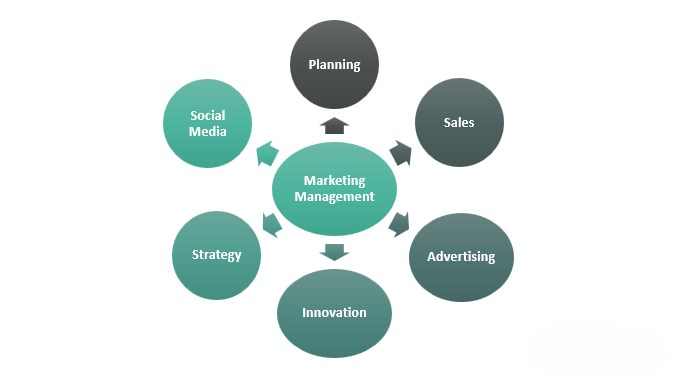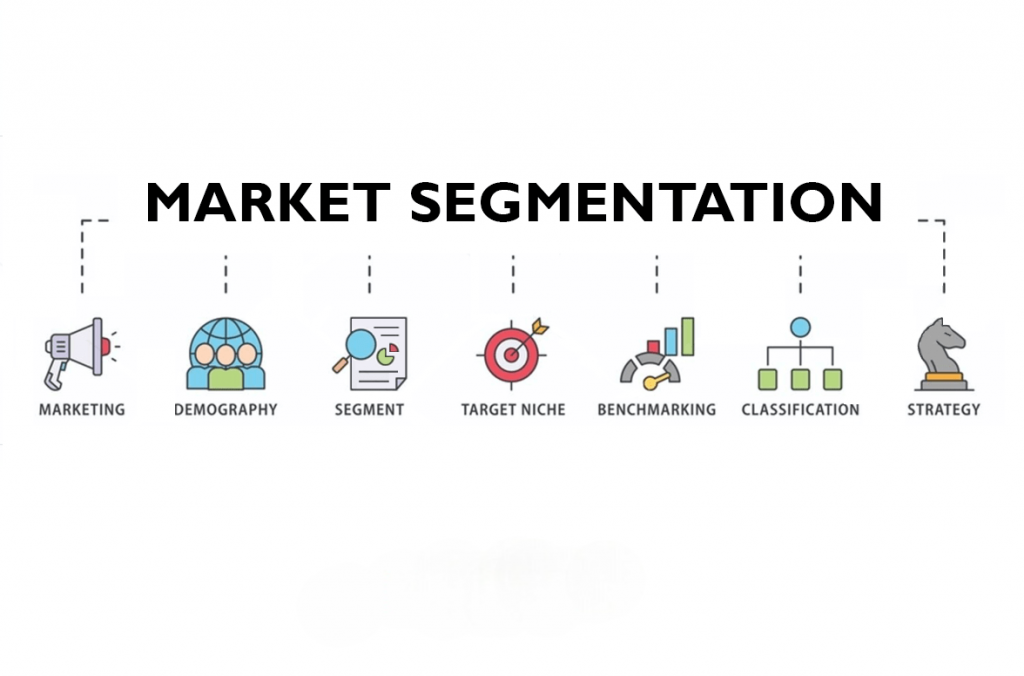
- Introduction
- Definition
- Functions of Marketing Management
- Marketing Mix (4Ps)
- Consumer Behavior
- Market Segmentation
- Targeting and Positioning
- Digital Marketing Role
- Conclusion
Introduction
Marketing management is a critical discipline in business that focuses on the practical application of marketing techniques and the management of a firm’s marketing resources and activities. It involves understanding consumer needs, designing products and services that satisfy those needs, and delivering them efficiently Digital Marketing Training . In a rapidly evolving business environment, marketing management ensures that companies stay relevant, competitive, and profitable by connecting with customers in meaningful ways.
Ready to Get Certified in Digital Marketing? Explore the Program Now Digital Marketing Online Training Offered By ACTE Right Now!
Definition
Marketing management refers to the process of planning, organizing, implementing, and controlling marketing activities to achieve organizational goals. It encompasses a range of activities including market research, product development, pricing strategies, promotional campaigns, and distribution.

Philip Kotler, a renowned marketing expert, defines marketing management as “the art and science of choosing target markets and getting, keeping, Digital Marketing Mistakes You Must Avoid and growing customers through creating, delivering, and communicating superior customer value.”
Functions of Marketing Management
- Market Research: Collecting and analyzing data about consumer preferences, market trends, and competitors to make informed decisions.
- Product Planning and Development: Designing and developing products or services that fulfill the needs of the target market.
- Pricing: Determining the right price for products or services to maximize profitability while remaining competitive Social Media as the Umbrella .
- Promotion: Creating awareness and interest in the product through advertising, sales promotions, public relations, and personal selling.
- Distribution: Ensuring that the product reaches the end consumer efficiently through proper distribution channels.
- Customer Relationship Management: Building and maintaining strong relationships with customers to encourage loyalty and repeat business.
- Product: Prefers to the goods or services offered by a company to meet the needs of customers. This includes product design, quality, features, branding, and packaging.
- Price: The amount customers pay for the product. Pricing strategies can include discount pricing, premium pricing, Smart Ways to Learn competitive pricing, and psychological pricing.
- Place: The channels through which a product is distributed to customers. It involves location decisions, logistics, and supply chain management.
- Promotion: The activities used to inform, persuade, and remind customers about a product. This includes advertising, public relations, social media, and sales promotions.
- Definition: Selecting specific segments of the market to focus marketing efforts on.
- Segmentation Criteria: Demographics, psychographics, geography, behavior, and needs.
- Targeting Strategies: Undifferentiated (Mass) Marketing: One approach for the entire market. Differentiated Marketing: Different strategies for different segments Understanding Digital Marketing .
- Purpose: Ensures efficient resource allocation and higher relevance of marketing messages.
- Definition:Crafting a distinct image or identity of a product/service in the minds of the target audience.
- Positioning Strategies :By product attributes (quality, features, performance).By benefits (solving a specific problem).
- Goal: To create a unique, memorable perception that influences buying decisions and strengthens brand loyalty.
- Broader Reach: Access to global markets and niche audiences.
- Cost-Effectiveness: Lower cost compared to traditional marketing channels.
- Data Analytics: Real-time tracking and measurement of campaign performance.
- Personalization:Tailored messages and offers based on customer data.
- Engagement:Direct interaction with customers through social media and other platforms.
To Explore Digital Marketing in Depth, Check Out Our Comprehensive Digital Marketing Training To Gain Insights From Our Experts!
Marketing Mix (4Ps)
The marketing mix is a foundational model in marketing management, consisting of four key components:
Consumer Behavior
Understanding consumer behavior is essential for effective marketing management. It involves studying how individuals, groups, and organizations select, buy, use, and dispose of goods and services. Factors influencing consumer behavior include:Consumer behavior refers to the study of how individuals, groups, or organizations make decisions about purchasing, using, and disposing of products or services. It explores the psychological, social, and emotional factors that influence buying choices, such as perception, motivation, culture, and lifestyle. Understanding consumer behavior helps businesses tailor their marketing Digital Marketing Training strategies, product designs, and customer experiences to meet the needs and preferences of their target audience. By analyzing patterns and trends, companies can predict future demands, improve customer satisfaction, and build stronger brand loyalty in an increasingly competitive marketplace. Marketers analyze consumer behavior to tailor products and marketing strategies that resonate with target audiences, thereby increasing customer satisfaction and loyalty.
Looking to Master Digital Marketing? Discover the Digital Marketing Expert Masters Program Training Course Available at ACTE Now!
Market Segmentation
Market segmentation involves dividing a broad market into smaller, distinct groups of consumers with similar needs or characteristics. This helps marketers tailor their strategies to specific segments, All Marketing Will Soon Be Digital Marketing increasing effectiveness. Common segmentation bases include Market segmentation is the process of dividing a broad consumer or business market into smaller, more defined groups based on shared characteristics such as demographics, psychographics, geography, or behavior.

This approach allows businesses to better understand the unique needs and preferences of different customer segments and tailor their products, marketing messages, and sales strategies accordingly. By focusing on specific target audiences, companies can optimize resource allocation, enhance customer engagement, and increase conversion rates. Effective market segmentation helps organizations identify high-potential opportunities, strengthen brand positioning, and achieve a competitive advantage in their industry.
Targeting and Positioning
Targeting:
Positioning:
Digital Marketing Role
Digital marketing has transformed the way businesses reach and engage with customers. It includes online channels such as websites, social media, email, search engines, and mobile apps Search Engine Marketing. The role of digital marketing includes:
Effective digital marketing strategies involve SEO, content marketing, influencer marketing, PPC advertising, and social media campaigns, enhancing brand visibility and driving conversions.
Preparing for Digital Marketing Job Interviews? Have a Look at Our Blog on Digital Marketing Interview Questions and Answers To Ace Your Interview!
Conclusion
Marketing management is a dynamic and integral function that drives business success. It involves understanding the market, identifying customer needs, creating value, and delivering it effectively. Through the marketing mix, consumer behavior analysis, segmentation, targeting, positioning, and digital engagement, companies can build strong brands and loyal customer bases Digital Marketing Training . Despite the challenges, effective marketing management enables businesses to navigate complexities and achieve sustainable growth in a competitive landscape.




